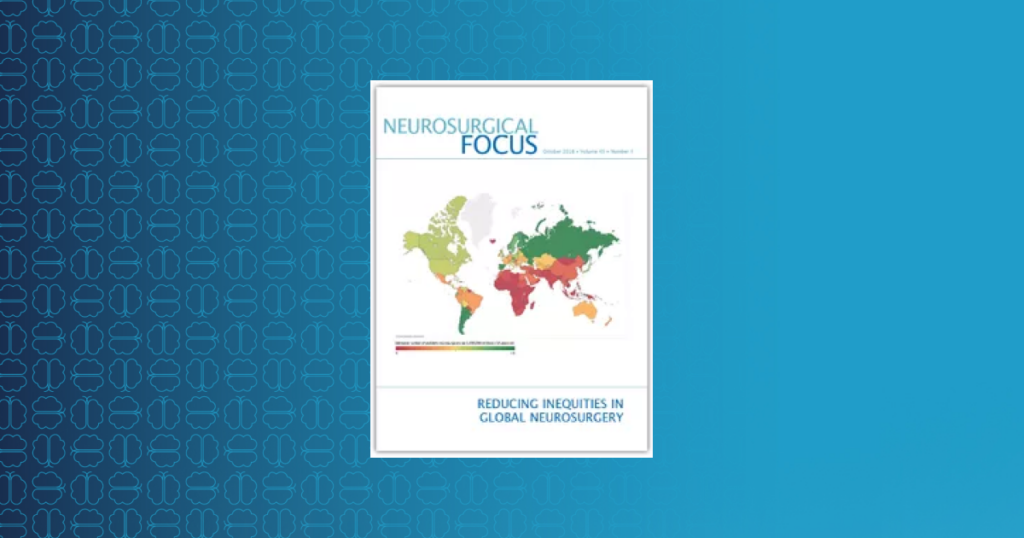Authors: Jacob R Lepard, Michael C Dewan, Stephanie H Chen, Olufemi B Bankole, John Mugamba, Peter Ssenyonga, Abhaya V Kulkarni, Benjamin C Warf
Published in the BMJ Journal of Neurosurgery, July 2021
Managing paediatric hydrocephalus with shunt placement is especially risky due to risks of infection and delayed life-threatening shunt obstruction. This study evaluated a new evidence-based treatment algorithm to reduce shunt-dependence in resource-limited setting. Data were prospectively collected for 730 children in Uganda (managed by local neurosurgeons highly experienced in the protocol) and, for external validation, 96 children in Nigeria (managed by a local neurosurgeon trained in the protocol).
Read the article: The CURE Protocol: evaluation and external validation of a new public health strategy for treating paediatric hydrocephalus in low-resource settings





